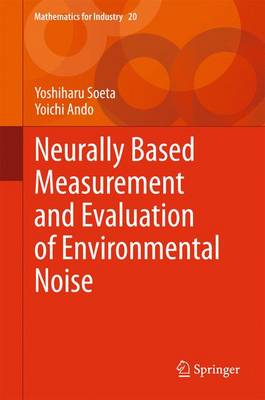Mathematics for Industry
2 primary works
Book 12
This book focuses on opera house acoustics based on subjective preference theory; it targets researchers in acoustics and vision who are working in physics, psychology and brain physiology. This book helps readers to understand any subjective attributes in relation to objective parameters based on the powerful and workable model of the auditory system.
It is reconfirmed here that the well-known Helmholtz theory, which was based on a peripheral model of the auditory system, may not well describe pitch, timbre and duration as well as the spatial sensations described in this book, nor overall responses such as subjective preference of sound fields and the annoyance of environmental noise.
Book 20

